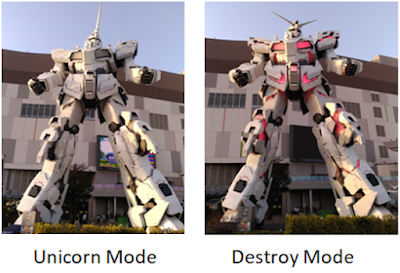Arakawa River is a 173 km long river that originates in Okuchichibu and flows into Tokyo Bay.
The river was named after "Raging River”, because it repeated flooding.
Change of Flow in 17th Century
At the end of the 16th century, Arakawa River joined Tone River and frown into Tokyo Bay, repeatedly overflowing and creating a huge wet land in the eastern part of Tokyo.
Fig. 1 Tone River before and after Shift to the East
Reference: Ministry of Land, Infrastructure and Transportation
https://www.ktr.mlit.go.jp/tonejo/tonejo00185.html
(Proper nouns are overwritten in English by author.)
As a flood control project, Tokugawa Ieyasu planned to divide Tone River and Arakawa River at Sekiyado Locks, which still exists in Chiba Prefecture, and over a period of 60 years, Tone River came to flow into the Pacific Ocean at Choshi.
As a result, new rice fields were created and boat shipping routes ware developed to transport lumber to Edo.
These led to Edo's great growth into one million population city.
Change of Flow in Early 20th Century
Arakawa River originally joined current Sumida River and flown into Tokyo Bay near the center of Tokyo City.
After a great flood that hit eastern Tokyo in 1910, a flood control gate at Iwabuchi and diversion of the Arakawa and Sumida Rivers were planned by constructing 500 m wide and 22 km long diversion channel.
Fig. 2 Construction of Iwabuchi Flood Control Gate and 22km long Arakawa Diversion Channel
Reference: Ministry of Land, Infrastructure and Transportation
https://www.ktr.mlit.go.jp/kisha/kisha_00224.pdf
(Proper nouns are overwritten in English by author.)
Fig. 3 Iwabuchi Flood Gate
Reference: Ministry of Land, Infrastructure and Transportation
https://www.ktr.mlit.go.jp/ktr_content/content/000097701.pdf
(Proper nouns are overwritten in English by author.)
Arakawa Amusement
Several paved roads are developed along the river as inspection routes, and is filled with people who enjoy running and cycling every day. You can enjoy the roads without traffic lights as long as 40km from the river mouth.
There are also many baseball and soccer fields, which attract many elementary school students on weekends.
Pic. 1 Baseball and Soccer Fields
Many cherry trees are planted along the embankment, and cherry blossom viewing spots are scattered throughout the river.
At Akabane Sakura Bank, 1km upstream of Iwabuchi Flood Gate, cherry blossoms of Someiyoshino and Shiba-Zakura(mossy grass cherry blossoms) are in magnificent competition.
The place is within a walking distance from Akabane-Iwabuchi station on Namboku subway line. Visitors shall definitely enjoy the view.
Pic. 2 Akabane Sakura Tsutumi(Dike) in early April




























